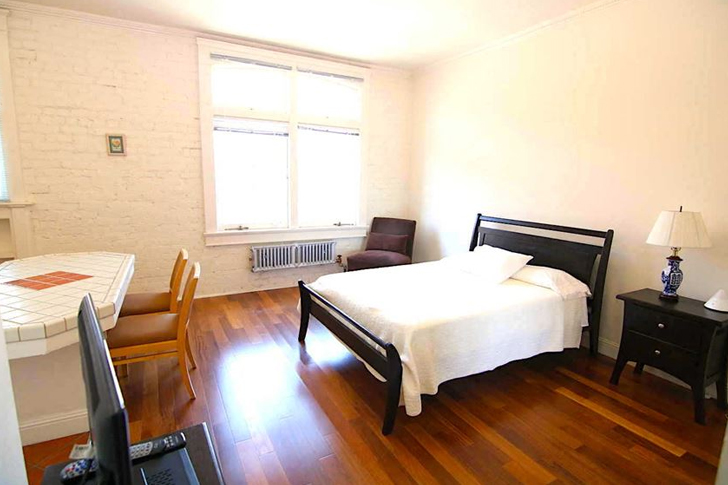Apartments Available for Rent with Utilities Included
Finding an apartment for rent with utilities included can be a significant convenience. Including utilities such as electricity, water, gas, and sometimes even internet and cable TV, can simplify budgeting and reduce the number of bills you have to manage each month. This article explores the advantages, potential downsides, and what to consider when looking for apartments that offer utilities included in the rental price.

Understanding Utilities-Included Apartments
Generally, an apartment with utilities included means that the cost of living extends beyond just the space. Utilities will usually cover water, gas, and electricity, and sometimes extend to internet service, garbage collection, and possibly cable television. This can be particularly appealing to those new in an area, busy professionals, students, or simply someone looking to streamline their bills.
Benefits of Utilities-Included Apartments
The primary advantage of renting an apartment where utilities are included is convenience and budget management. This setup simplifies financial planning by making monthly expenses predictable. It’s especially beneficial for those on a fixed income or for tenants who prefer a single payment for all major living expenses. A survey conducted by Rent.com found that approximately 47% of renters expressed a preference for rentals with utilities included, citing simpler budgeting as the main reason.
Moreover, utilities-included rental arrangements can potentially lead to savings during peak usage times, such as hot summers or cold winters, when the cost of heating and cooling can spike. The fixed payment means that tenants can use these services without worrying about fluctuating monthly bills.
Potential Drawbacks
Despite the apparent benefits, there are potential disadvantages to consider. Apartments with utilities included might come with a higher rental price. Landlords often estimate the average utility usage per unit and incorporate this into the monthly rent. This estimation means that if you are a low utility user, you may end up subsidizing others’ higher usage.
Another possible downside is the lack of incentive to conserve energy. Since utilities are included, tenants might not be as cautious about using them judiciously. This situation can lead to wasteful usage, negatively impacting the environment and possibly leading to stricter usage controls or increased rent in the future.
Finding the Right Utilities-Included Apartment
When searching for an apartment with utilities included, clarity on what exactly ‘utilities included’ means is crucial. Renters should confirm exactly which utilities are covered and any limits or conditions that apply. Some rentals may include all utilities, while others may cover only water and electricity. Make inquiries about any caps on usage or potential extra charges if usage goes beyond what is typically allowed.
Location and type of housing also influence the availability and cost-efficiency of utilities-included apartments. According to a 2022 market analysis by Apartment List, urban and denser areas tend to offer more utilities-included options than suburban or rural areas. Apartments in older buildings that have not been retrofit with individual utility meters typically offer utilities included because metering each apartment separately can be complex and expensive.
Comparing Costs: Utilities Included vs. Paying Separately
To determine whether a utilities-included apartment is a good deal, you should compare the total cost with typical apartments where utilities aren’t included. Collect information about the average utility costs in the area for a similar-sized unit. Websites like Numbeo can provide cost estimates for utilities in different cities and regions.
For example, the average monthly utility bill (electricity, heating, cooling, water, garbage) for a 915 square foot apartment in the United States can vary widely. As per the U.S. Energy Information Administration, this average was roughly between $100 and $200 per month in 2021, depending on the state and energy usage patterns. Consider these figures when looking at the rent difference between utilities-included apartments and those where utilities are paid separately.
Negotiating Your Lease
When you decide on a utilities-included apartment, negotiations don’t just stop at the rent. Discuss with your landlord about any possibility of utility usage reviews in case you believe or find that your usage is considerably lower than what might have been estimated in your rent. Some landlords may be willing to adjust the rent or set clear rules about usage limits and regular reviews.
Conclusion
Choosing an apartment with utilities included can offer considerable benefits in terms of convenience and budget management. However, it’s essential to weigh these against the potential of higher rent and less incentive for energy conservation. By understanding both the benefits and the drawbacks, and by thoroughly researching and negotiating your lease terms, you can find an apartment that not only fits your lifestyle but also your budget.







Recent Comments